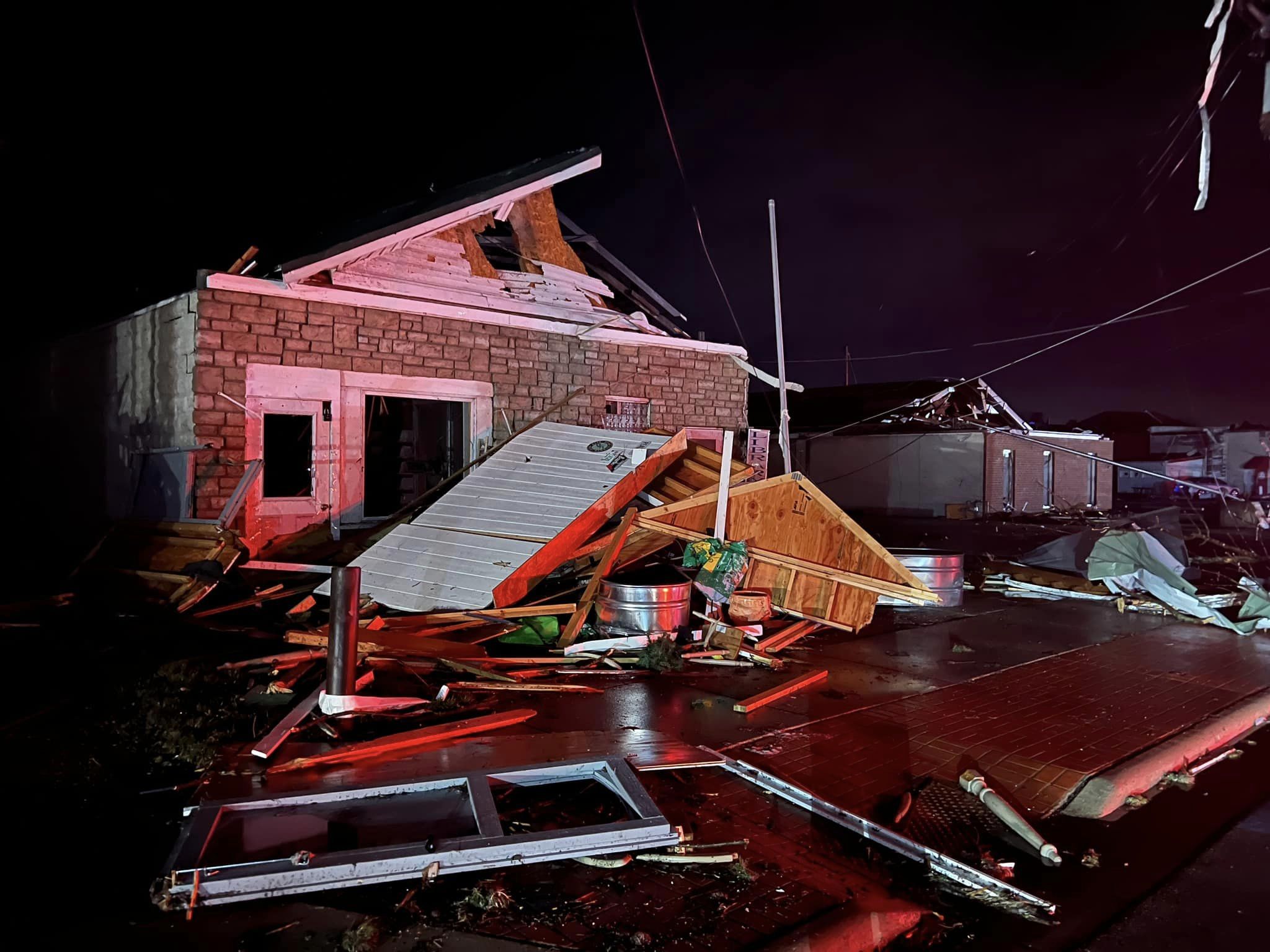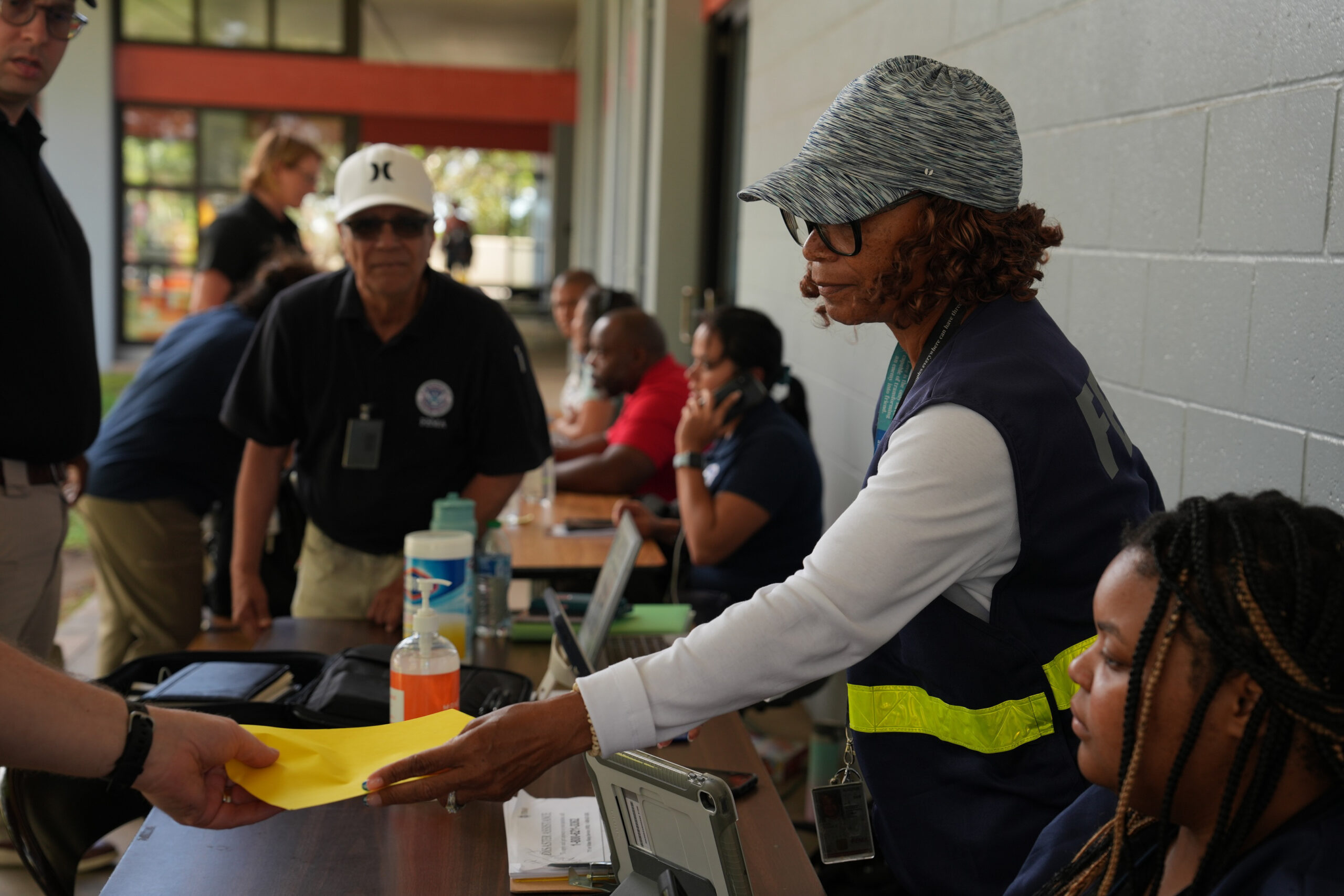What we’re watching: Weekly disaster update, March 18

We know all too well that disaster can strike anytime, anywhere in the world. Some disasters make headlines; others do not. Here at the Center for Disaster Philanthropy (CDP), we monitor the status of disasters worldwide and compile a list of the ones we’re tracking weekly, along with relevant disaster-related media coverage.
Here’s what we’re watching for the week of March 18, 2024.
New or Emerging Disasters
Complex Humanitarian Emergency – South Sudan: Newly released reports assessing hunger in South Sudan showed alarming rates of emergency-level food insecurity. On March 14, the Famine Early Warning Systems Network (FEWS NET) reported that the number of people in the emergency level of food insecurity (Level 4) is expected to double between June and September 2024. This comes while 79,000 people are on the verge of famine at a catastrophic level of food insecurity (Level 5).
Recent projections of food insecurity are higher than in previous years due to elevated risks of severe flooding, ongoing conflict, and the influx of returnees and refugees from Sudan and Ethiopia.
For more, see our South Sudan Humanitarian Crisis disaster profile.
Tornadoes – Indiana, Kentucky and Ohio: Strong tornadoes moved through Indiana, Kentucky and Ohio on the evening of March 14, causing significant damage and knocking out power for thousands.
Ohio experienced at least nine tornadoes, the strongest of which was an EF-3 with winds at least 136 mph (218 kmh) on the Enhanced Fujita Scale. At least three lives were claimed, and about 40 people were injured, mainly at a manufactured home community near Indian Lake. On March 17, a state of emergency was declared in 11 counties across central Ohio to allow additional aid in response and recovery efforts.
In Indiana, an EF-3 tornado left 38 injured in the town of Winchester. Meanwhile, an EF-2 rolled into northern Kentucky, prompting Governor Andy Beshear to declare a state of emergency after more than 100 buildings were reported to have suffered damage.
For more, see our 2024 U.S. Tornadoes disaster profile.
Tropical storm – Mozambique: On March 12, Tropical Storm Fillipo hit Mozambique, just a year after Cyclone Freddy left millions without food, water and shelter in 2023. The storm saw maximum winds at 50 mph (80 kmh), leaving 2,780 people displaced.
The National Institute for Disaster Management assessment found that 48,116 people were affected, while two deaths and 25 injuries were initially reported. The United Nations Office for the Coordination of Humanitarian Affairs identified education, shelter, and water purification and hygiene as some of the highest humanitarian needs. This comes after the storm left 8,000 houses damaged and affected 51 health centers and 146 schools.
Wildfires – Chile: After the deadly wildfires last month, which led to more than 100 casualties and ravaged entire neighborhoods, firefighters battled another wildfire along Chile’s Pacific Coast in the early hours of March 14.
The National System for Disaster Prevention, Mitigation and Attention (SENAPRED) reported three active wildfires across the Valparaiso region. Estimates of damage include 40 homes with evacuation orders in place. As of March 15, the fast-moving fires were contained yet still burning.
For more, see our 2024 Chile Wildfires disaster profile.
Previous/Ongoing Disasters
Hurricane – Mexico: Hurricane Otis, the Category 5 storm, made landfall in Southern Mexico just over five months ago. As humanitarian organizations like the United Nations Children’s Fund (UNICEF) transition from planning a response to an early recovery phase, key challenges identified by DirectRelief include dengue fever.
On March 13, dengue infections were the highest in the Guerrero state, where the hurricane made landfall in February, with over 2,071 reported cases. According to Dr. Ivan Santana, the state’s director of medical emergencies, the lack of debris removal in hurricane-affected areas has led to “a breeding ground for mosquitos.”
This comes at the same time as increased protests for the continuation of food supplies and economic support after the Ministry of Welfare announced the withdrawal of these supports as of March 2024.
For more, see our Hurricane Otis disaster profile.
Volcano – Iceland: On March 16, Iceland saw its fourth volcanic eruption in three months, opening a 2-mile (3-kilometer) fissure on the Reykjanes Peninsula. Nearby, hundreds of tourists and residents were evacuated from the Blue Lagoon thermal spa when the eruption began.
This was the most powerful of the four eruptions and prompted authorities to declare a state of emergency. Officials received indications of a possible eruption just 40 minutes before it happened. The nearby town of Grindavik was once again evacuated. This comes after roughly 4,000 residents were cleared to return on Feb. 19 after evacuating on Nov. 11, 2023, when seismic activity damaged infrastructure.
Wildfires – Texas and Oklahoma: The Smokehouse Creek fire, the largest wildfire in Texas history, was fully contained in Hutchinson County as of March 16. The nearly three-week battle killed at least two people and burned over a million acres across several counties.
According to Texas A&M Forest Service, all state resources were released, and the fire was transitioned to the local unit. Ongoing relief efforts included temporary U.S. Small Business Administration disaster loan outreach centers, supplies to ranchers and farmers through the Texas Farm Bureau, and community organizations helping with debris removal.
Authorities also announced that the Windy Deuce fire, which burned over 144,000 acres simultaneously with the Smokehouse Creek fire, was 100% contained as of March 16.
For more, see our 2024 North American Wildfires disaster profile.
In addition to the disasters listed above, we actively monitor the following disasters or humanitarian emergencies. For more information, see the relevant disaster profiles, which are updated regularly.
- Afghanistan Humanitarian Crisis
- Horn of Africa Hunger Crisis
- Gaza-Israeli Humanitarian Crisis
- 2024 Japan Earthquake
- 2023 Libya Floods
- 2023 Morocco Earthquake
- 2023 Turkey-Syria Earthquake
Complex Humanitarian Emergencies – Cameroon
Many places worldwide are experiencing emergencies caused by conflict, climate change, drought, famine, economic challenges and other conditions that combine to create a complex humanitarian emergency (CHE). CDP maintains complete profiles on several CHEs, and what CDP considers Level 1 CHEs are profiled in this weekly blog post and tracked.
Cameroon is facing multiple humanitarian challenges driven by violence, disease outbreaks and climate shocks. The Cadre Harmonise analysis found that more than 900,000 people will face acute food and nutritional insecurity between June and August 2024.
The complex humanitarian challenges most severely affect the northwest and southwest regions. In January 2024, armed clashes between state forces and non-state groups resulted in displacement of over 500 people due to hostilities. Simultaneously, non-state armed groups imposed movement restrictions and roadblocks without humanitarian exemptions, causing many partners to delay or suspend their activities.
Updated data and numbers are difficult to collect. The latest numbers show that as a result of hostilities and conflict, as of September 2023, more than 240,000 children were out of school in the two regions.
Meanwhile, in the south, about 3,000 people fled violence between Feb. 16-26. In the region, government-administered education has been banned since 2017. Despite violence and challenges, humanitarian partners were able to reach 135,691 children and provide non-formal education support. This continues to be a part of the main objectives of the newly released 2023-2025 Education Cluster strategy.
In 2024, humanitarian partners aim to reach 2.3 million people and require $376 million to provide humanitarian assistance. Underfunding remains one of the most critical impediments to reaching people in need. In 2023, the Humanitarian Response Plan received just 31.8% of the required funding.
Upcoming webinar
April 4: A conversation for funders on reforms for disaster assistance to help survivors recover faster

What We’re Reading
- Devastated By Floods And Confused By FEMA, West Siders Form Their Own Recovery Group – Block Club Chicago: The West Side Long-Term Recovery Group, founded after devastating and record-breaking summer storms in July 2023, brings volunteers together for cleanups and advocates for neighbors, including applying for federal assistance. Proudly funded by CDP, the group also works with policymakers to ensure communities are prepared for future disasters.
- East Africa must prepare for more extreme rainfall during the short rainy season – new study – The Conversation: In 2023, the rainy season brought severe flooding to Kenya, Somalia and Tanzania. A new research paper investigates the effect of more frequent weather events on East Africa’s rainfall. Experts call for policymakers to respond and plan through better use of innovative technology and dialogue between the science and practitioner communities.
- Europe is unprepared to grapple with escalating climate extremes; risk assessment finds – PBS: More than 36 significant climate risks were identified for Europe, with eight requiring immediate urgent attention. Europe is the world’s fastest-warming continent and has been heating up twice as fast as other regions since the 1980s. In its first-ever risk assessment, the European Environment Agency has “given a very clear warning and a very clear call to action of what’s to come.”
- Why Americans pay so much more than anyone else for weather disasters – Washington Post: According to a new report by Swiss Re, the U.S. suffers the second-highest toll from significant weather disasters. The analysis, which includes 36 countries, suggests that weather disasters may drag the U.S. economy and drive up insurance rates, compound inflation and increase the cost of living.
Check out some of the best of 2023, from TV episodes, songs and cookbooks.
